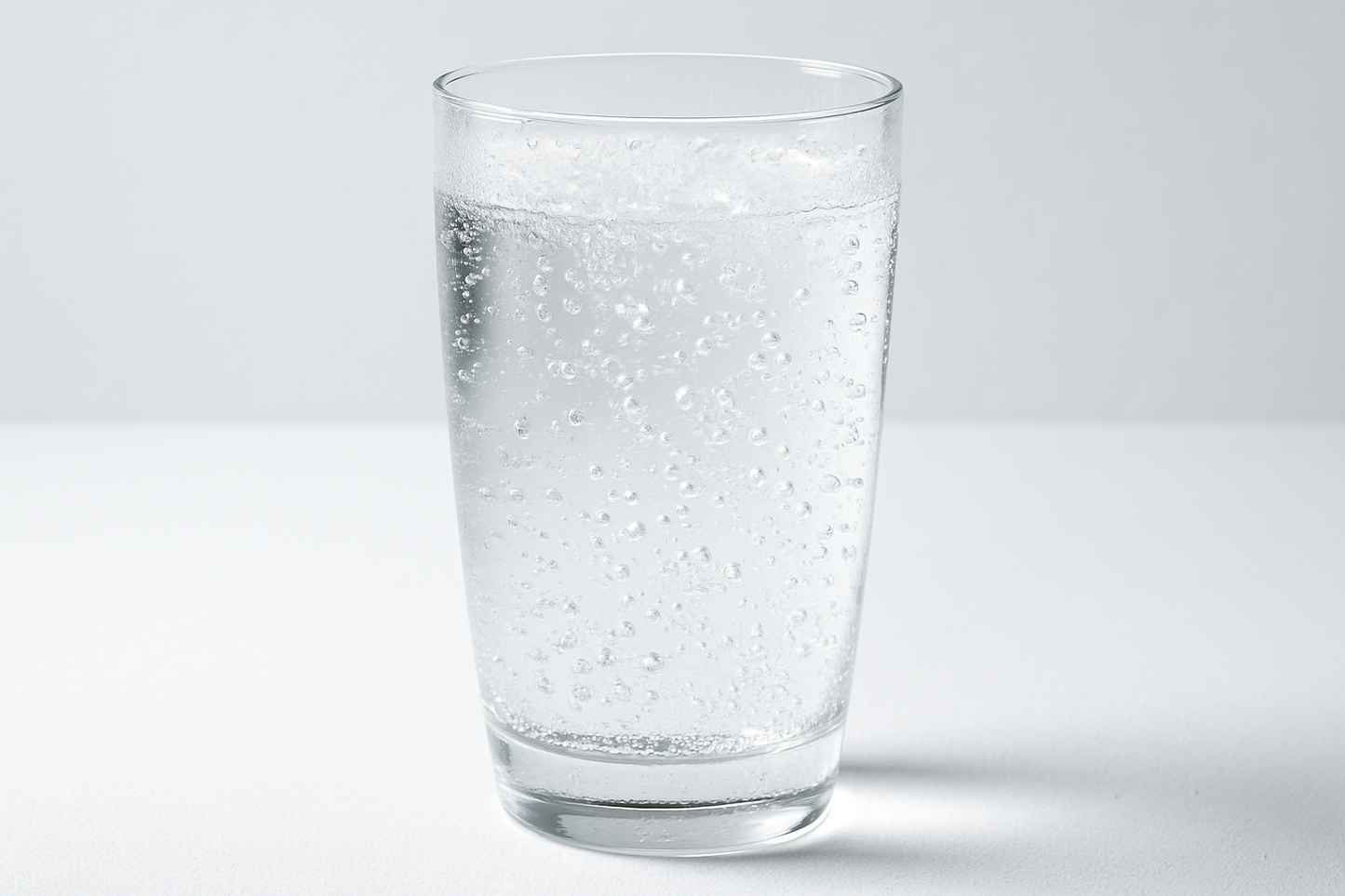
Sodium Bicarbonate Boosts Health & Performance
Why the hype is justified when the field is respected
Sodium bicarbonate (NaHCO₃) has moved from kitchen jar to performance lab because it raises extracellular bicarbonate, buffers hydrogen ions, and delays pH collapse in working muscle. A clear, peer-reviewed summary of the mechanism and outcomes is available in the International Society of Sports Nutrition position stand, which also provides practical dosing guardrails (Grgic et al., 2021, JISSN).
At the level of evidence synthesis, an umbrella review of meta-analyses found that bicarbonate acutely enhances peak anaerobic power, anaerobic capacity, and performance in efforts roughly forty-five seconds to eight minutes, with benefits also reported for intermittent high-intensity work (Grgic et al., 2021, Umbrella review). A separate systematic review reported consistent improvements in time-to-exhaustion, but less reliable gains in straight time-trial formats, which clarifies where to expect the edge (Lino et al., 2021).
Dose–response work shows that both 0.2 g/kg and 0.3 g/kg improve intermittent cycling and time-to-exhaustion, with the lower dose often bringing fewer GI complaints (Gurton et al., 2020). A later study confirmed that ~0.3 g/kg improved cycling time-to-exhaustion by about twenty-three to twenty-seven seconds and highlighted the psychophysiological layer: expectancy and delivery form mattered (Gurton et al., 2023). Prolonged high-intensity cycling also responded in earlier trials (Egger et al., 2014).
Field data are not limited to bikes. Team-sport work in field hockey shows that progressive chronic supplementation can support discipline-specific outputs and anaerobic power compared with acute-only use (Durkalec-Michalski et al., 2020), and a CrossFit-like randomized crossover trial found that a progressive regimen both reduced GI issues and improved performance (Durkalec-Michalski et al., 2018).
The picture is not universal. For continuous running, a controlled study reported no improvement in constant-load time-to-exhaustion despite other favorable markers (Freis et al., 2017). This delimitation matters for expectations and programming.
Where most people blow it
The most common failure is brute force. The position stand synthesizing hundreds of trials recommends about 0.3 g/kg and explicitly notes that higher single doses like 0.4–0.5 g/kg rarely add benefit while increasing adverse GI effects. The advised timing window is sixty to one-hundred-eighty minutes pre-effort, acknowledging large person-to-person variance in the peak bicarbonate rise (Grgic et al., 2021; JISSN PDF).
Expectancy and form are not side notes. In the time-to-exhaustion cycling analysis, solution delivery carried stronger expectancy and different bicarbonate dynamics than capsules. The psychology of “I took the real thing” can move outcomes within a narrow, competitive margin (Gurton et al., 2023).
Heterogeneity is real. Responders exist at 0.2 g/kg, others need 0.3 g/kg, and some show little change. A terrain-aware approach escalates dose slowly, maps personal time-to-peak, and balances any sodium or GI burden against the specific event demands (JISSN, 2021).
Chronic strategies can help when events require repeated high-intensity bouts, but they also increase the importance of monitoring sodium load, acid–base compensation, and digestion. The hockey and CrossFit data above illustrate the tradeoffs between better tolerance and cumulative exposure (Durkalec-Michalski 2020; Durkalec-Michalski 2018).
How to align it with the terrain you actually have
Establish an unbuffered benchmark session so you know your native output profile. Start with approximately 0.15–0.20 g/kg and observe. If GI tone is stable and the session warrants it, nudge toward 0.25–0.30 g/kg on subsequent trials. Split the total into two smaller intakes inside your personal peak window rather than force-feeding a single bolus. Test solution versus capsules on non-critical days to identify your own expectancy and absorption signature. When stacking, remember that caffeine has its own ergogenic signal and may additively impact intermittent tests; it still needs to be proven in your physiology and your event (Kaçoğlu et al., 2024).
Terrain note. Too much exogenous alkalinity can flatten digestion and shift electrolytes. If you feel reflux, distension, or unusual breath drive, the dose or timing is wrong for your system or the event. The best results come from micro-precision, not maximalism.
Why this looks “crazy” from the outside
The raw material is a pantry powder, yet it measurably shifts margins in specific efforts when tuned. The edge is not secrecy; it is calibration. Many who try and quit simply overdosed, mistimed, or ignored their own response curve.
Linking the idea: SweetFX and metabolic contrast
SweetFX is a post-processing shader suite used by modders to clarify contrast and tone without blowing out the source. That is the correct metaphor for bicarbonate when used well. You are not flooding the system; you are adjusting contrast at decisive moments. If you want the reference, see SweetFX.
Where to integrate within your stack
For sessions that warrant it, pair a calibrated bicarbonate window with an amino foundation that does not add digestive drag. If you want a clean internal link, FundAminos aligns with that intent. The goal is preserving GI calm while supporting output and recovery so the buffer can do its job.
Disclaimer. This is not individual medical advice. Use under monitored conditions and track your own dose–response.
